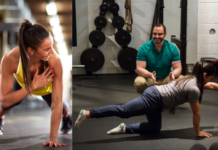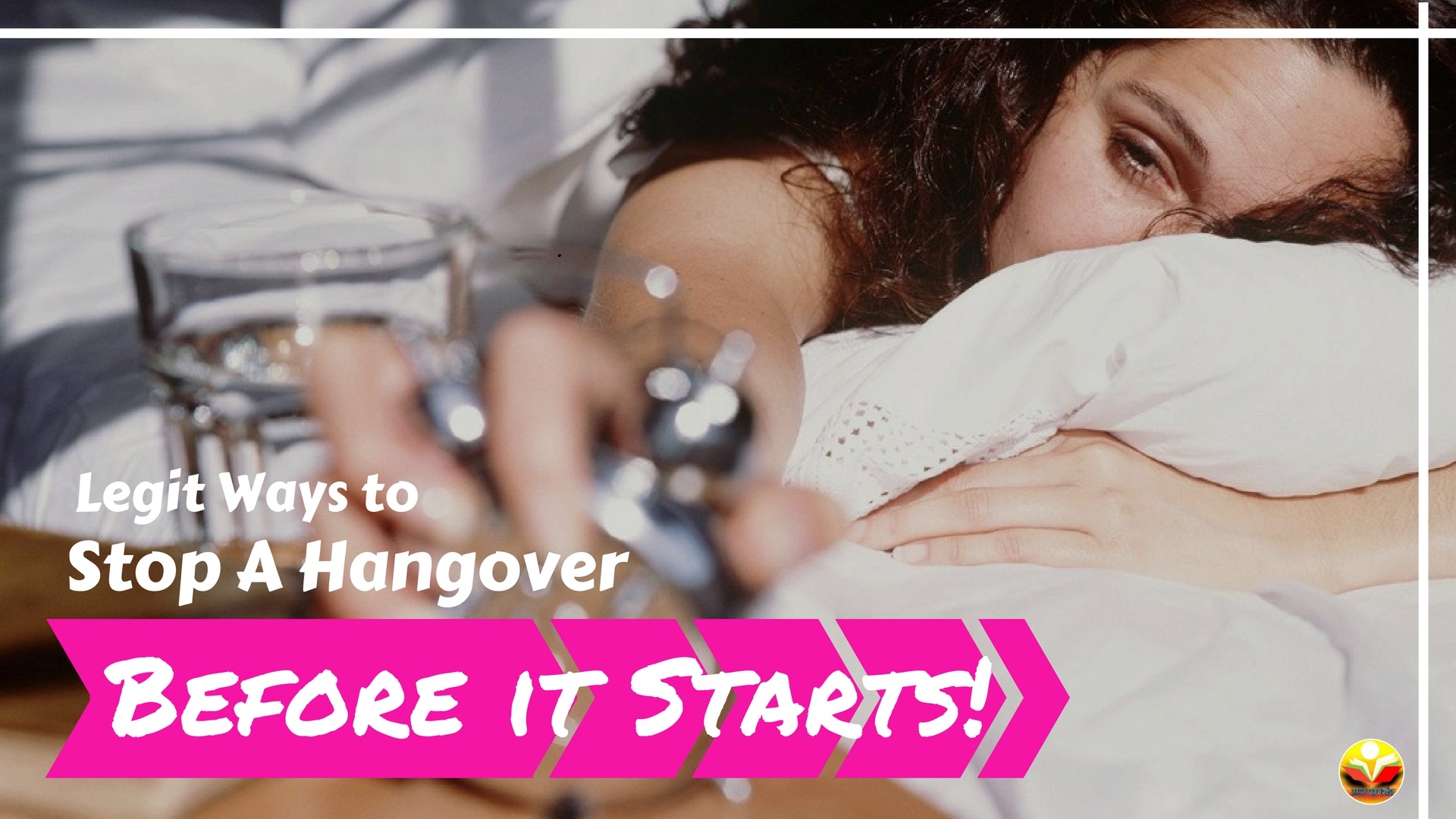Asthma is an incurable respiratory disease which stays on with you, lifetime. The main effect asthma has is on the air channel which carries air to and from the lungs. The airways get blocked leading to difficulty in breathing. When the airways get inflated, patients start wheezing. Any asthma patient shows certain symptoms. After a long laugh or heavy exercise, patients start coughing, have difficulty in breathing and experience shortness of breath.
It’s a disease which doesn’t come with age. Although it is not completely curable, timely medicines precautions and yoga and pranayam can help in leading a healthy life. Yoga has helped a lot of people in dealing with asthma, reducing asthma attacks, and improving the immune system.
The following exercises are suggested by experienced yoga practitioners for asthma patients.
Do you wish to know the simple yoga poses that can reduce your weight?
Download free yoga and pranayam exercise here…
Pranayama for Asthma
1. Bharastika
This yoga pose is also referred to as the breath of fire. The inflammation and contraction of lungs are forced in this asana. Bharastika requires you to inhale and exhale deeply so that the oxygen spreads to all corner of the body.
How To: Sit in a meditative posture and make sure your spine is straight. Place one hand on your belly and close your eyes. Pull in the stomach and lift up your chest for a good posture. Exhale slowly and hold the posture for 5 minutes, continuing slow and even breathing.
Due to this, your lungs are strengthened, problems of asthma allergies or any respiratory diseases are reduced. Your immune system is improved resulting in less cough and cold.
2. Anulom Vilom Pranayama
This breathing exercise is very easy yet very effective. Anyone going through stress and depression can take advantage of this.
How To: You can sit in a meditative pose, keeping your neck and spine straight. Keep your left hand resting on your knees. Fold your middle and index fingers of your right hand. Place your thumb on the right nostril and inhale deeply through your left nostril till your lungs are full. Focus only on breathing. Now put your ring finger on the left nostril and exit through your right nostril. Keep repeating it alternately.
The lungs start functioning properly which makes it an efficient yoga for asthma patients.
3. Nadi Shodhan Pranayama
People often call this Alternate Nostril Breathing. Once you get comfortable with Anulom Vilom Pranayama, you can move on to Nadi Shodhan.
How To: The process is exactly the same as Anulom Vilom with only the difference that this you have to hold the breath as long as you can.
The subtle energy channels in our body are referred to as ‘nadis’ which gets blocked due to stress, unhealthy lifestyle and physical trauma. This triggers the asthma attack in patients. That is when we need ‘shodhan’, meaning cleaning the blocked nadis. Hence, this asana is a reliever when you are under stress or tension.
Do you know other causes that may trigger asthma?
4. Kapalbhati Pranayama
This is also known as Skull Shining Breathing Technique.
How To: Sit in a comfortable position and make sure your spine is erect and your abdomen area is not compressed. Place your hands on the knees, facing the sky. Inhale deeply with both nostrils, then contract your lower belly to exhale the air out.
It helps in relaxing the mind and energising the nervous system. It gives strength to the abdomen area, increasing the metabolic rate. It also helps in rejuvenating the brain cells, calming and uplifting the mind. This is very important to prevent asthma attacks.
5. Bhramari Pranayam
This is also commonly known as Humming Bee Breath. This relaxes the nervous system, soothing the mind and avoiding asthma attacks.
How To: Sit in a cross-legged position on the floor and keep your back and neck straight. Close the lips but keep the teeth slightly apart. Touch the tip of your tongue to the back of your teeth on the upper jaw. Close your ears with the thumbs and place both the index fingers on the middle of your forehead. Bring the rest of your fingers across the eyes so that they are placed across the bridge of your nose.
Take a deep breath with both your nostrils so that it reaches your belly. Now exhale slowly making a “hmmmm” sound at the back of your throat, imitating the humming of a bee. Concentrate on making the sound and relax your mind.
Do you know how nicotine is effecting you?
Yoga for Asthma
1. Ustrasana (Camel Pose)
This gives your back a long stretch and allows your chest to open up for easier breathing. You need to hold the pose for at least 30 seconds.
How To: You need to sit on your knees. Inhale and bring your arms overhead. Then, exhale and try to reach your toes with your hands. Drop your head backwards. Hold this pose for a few breaths. If you can’t reach till your heels, place your hands on your lower back.
This pose stretches your body and makes the passages to your heart and lungs clear. It strengthens your breathing capacity
2. Sukhasana (Easy Sitting Pose)
People who opt for yoga which are gentle on the body, this is perfect for them. But this should be done with deep breathing.
How To: Sit on the ground, making sure that your back and neck are straight. You have to cross your legs so that your knees are towards the ground. Close your eyes and take deep breaths to calm your mind.
When you sit tall and relax your body, you realise that your lungs are more opened up and you can breathe freely. You should hold this pose for 2 minutes or longer.
3. Setu Bandha Sarvangasana (Bridge Pose)
This is a back band which helps in opening the chest so that the air can flow easily to the lungs. This pose should be held for 40 seconds.
How To: Lie on the ground, bringing your knees close and your feet flat on the ground. Now inhale deeply and lift your core. You can stay in this position and keep breathing or to intensify it, you can try to reach for the heels with your hands.
It opens up the chest, upper back, neck and shoulders. This pose is very good for relieving stress and relaxing your body.
4. Chakravakasana (Cat-Cow Pose)
People who are suffering from intense asthma and might not be able to do difficult poses. They can easily do this pose.
How To: Bend towards the ground, touching your knees and hands on the ground. Your face should be towards the ground. Inhale and bring your hands and knees closer, so that your back creates an arch. This is the cow pose. Now, exhale and drop your head. This is the cat pose. Keep changing these poses for at least 5 breaths.
This stretches your chest, opening up the muscles and creates an expansion in the ribs and back.
5. Savasana
It is more like a sleeping pose for relaxing your nerves, mind and body. It helps in improving concentration, treats insomnia, relaxes muscles and improves mental health.
How To: You must lie flat on your back and the legs should be kept separated. The arms should be kept at your side and the palms should be facing the sky. Now keep inhaling and exhaling slowly, concentrating only on the breathing to relax your mind.
There was a study conducted with asthma patients to see if yoga actually helps with asthma symptoms. And the results were positive. They were decreased numbers of attacks in both days and nights. The patients got better control over their breathing. They also eventually reduced the use of asthma drugs as their symptoms were occurring very less frequently. But make sure you do not go overboard with yoga as asthma patients can easily have breathing problems.
6. Padahastasana (Hand Under Foot Pose)
This is great yoga for eliminating stress, anxiety and fatigue. It energizes the body and improves blood circulation. It is very beneficial for people suffering from problems related to throat and nasal. Practice this for at least 3 times and hold it till 5 breaths.
How To: Keep your legs apart at hip-width. Now slowly inhale and raise your arms upwards. Stretch your body. Now exhale and bend your body forward from the hips till you can touch your hands to the feet. Your palms should be under your souls. If you have to bend your elbows, do it but do not bend your knees. Stay in that position and take deep breaths.
7. Ardha Matsyendrasana (Half Lord of the Fishes Pose)
It strengthens the core area and helps in proper digestion. It also improves body posture.
How To: Sit straight on the ground and keep the right hand on the floor. Keep your right knee across your folded left knee. When you do this gently twist your torso. Now bring your left hand outside your right knee so that your spine is stretched. Look over your right shoulder and keep breathing in and out slowly. Hold this position for one or two breaths.
8. Parsva Urdhva Hastasana
This helps in dealing with asthma, indigestion, backache, and fatigue.
How To: Stand straight and bend sideways moving your right torso outside and stretching your right hand upwards. Hold the posture as long as you are comfortable and keep breathing. Then repeat the same with the other side.
The breathing capacity is made better by this as it stretches your intercostal muscles.
9. Baddha Konasana (Cobbler Pose/Butterfly Pose)
Along with helping asthma, this pose is great for the reproductive system and menstrual problems.
How To: Sit on the ground and bring your soles together. Make sure that your tailbone is grounded on the floor and your spine is straight. Bring your feet closer to the pelvis. Use your thumb and index finger to hold the thumbs of your feet. Stay in this position for 5 to 10 breaths.
10. Dhanurasana
This pose expands the chest really good, making the flow of air easy to the lungs. Anyone with chest or breathing problem can definitely try this for relief. It stretches your neck, arms, shoulder and leg muscles.
How To: You have to lie on stomach, fold your knees upward towards your head and hold the ankles with your hands. Breathe in lift your chest from the ground and pull your legs up as much as you can. Try to hold this pose for at least 12 to 15 seconds.
11. Bhujangasana (Cobra Pose)
Any kind of stretching exercises relieves stress and fatigue. As in this pose you are stretching your chest, it opens up and clear the passages to your heart and lungs. It eases the symptoms of asthma in patients.
How To: Lay flat on the ground. Supporting your hands on the floor, stretch your upper body backwards as much as you can. Hold this pose for 5 to 10 breaths.
12. Adho Mukha Svanasana (Downward-facing Dog)
This is therapeutic for people suffering from asthma, high blood pressure, flat feet or sinus. It calms the brain and energizes the body. Very effective in relieving stress and mild depression.
How To: Lay on the floor with the support of your hands and knees. With an exhalation, move up your upper body, torso and knees away from the ground. Your pose should be somewhat like an inverted ‘V’. Stay in this position for 5 breaths.
13. Garuraasna (Eagle Pose)
Apart from being therapeutic for asthma, it also improves your concentration and balance. The pose stretches your thighs hips, upper back and shoulders.
How To: Stand up straight. Your right leg should be straight on the ground and bring your left leg around the right leg. Make sure that the left thigh crosses the right thigh. Your hands should also be crisscrossed in the same manner as your legs. Now bend a little and try to touch the toe of your left leg, which encircles, to the ground.
14. Matsyasana (Fish Pose)
It stretches the front of your neck and relieves tension from your neck, throat and shoulders. The pose is perfect for stretching your chest so that the internal passages are cleared for breathing.
How To: Lay flat on the ground. Bring your legs closer to the hips and criss-cross them. Inhale deeply and lift your chest up. Lift the back of your head to. Hold this position as long as you can and breathe normally.
15. Vahjrasana (Diamond Pose)
It is one of the easiest asanas and beginners should definitely start from this. This asana will help in strengthening the lungs, benefiting a lot of asthma and bronchitis patients. It also helps in calming the mind, increasing blood circulation to the lower abdomen and reducing urinary problems, digestion problems and menstrual cramps. It also helps with obesity.
How To: Sitting on the ground, fold the lower part of your legs under the thighs. Bring your feet as close to your buttocks as possible. Your back should always be straight and place your hands on your knees. Maintain this pose for 2 minutes with normal breathing.
16. Sarvangasana
It soothes the nerves and relaxes the mind and body. Any mental stress can trigger asthma attacks. Hence, it is very necessary to keep your mind and body calm.
How To: Lie straight on your back. Slowly raise your legs up and bring it to a 90-degree angle. Now get your buttocks up and bring your legs towards your head. Go even further and raise your back, abdomen and chest. Everything should form a straight line. Place your chin touching your chest. Try holding this pose for 30 seconds. Perform this yoga twice or thrice according to your comfort level.
17. Chakrasana
This is a great healer from asthma attacks as it relaxes the body and calms any anxiety. Along with that, digestion gets better, chronic headaches and shoulder pains are minimized, it is a huge relief from cramps.
How To: Lie straight on the ground with your knees bent. The feet should be flat on the mat and heels must be close to your glutes. Your hands should be brought overhead and bend your elbows. Now with the support of your feet and palm, which are next to your head, keep pushing the ground. Your body will be lifted. Next, lift your head off the floor to the extent that your arms are straightened. Keep breathing and hold this pose for 1 minute.
Conclusion
There was a study conducted with asthma patients to see if yoga actually helps with asthma symptoms. And the results were positive. They were decreased numbers of attacks in both days and nights. The patients got better control on their breathing. They also eventually reduced the use of asthma drugs as their symptoms were occurring very less frequently. But make sure you do not go overboard with yoga as asthma patients can easily have breathing problems.
There are many other types of fitness training. Which one you prefer?













Informative 💗
NICE ONE
NICE ONE BLOG